Piercy & Co gives an historic London church modern geometries
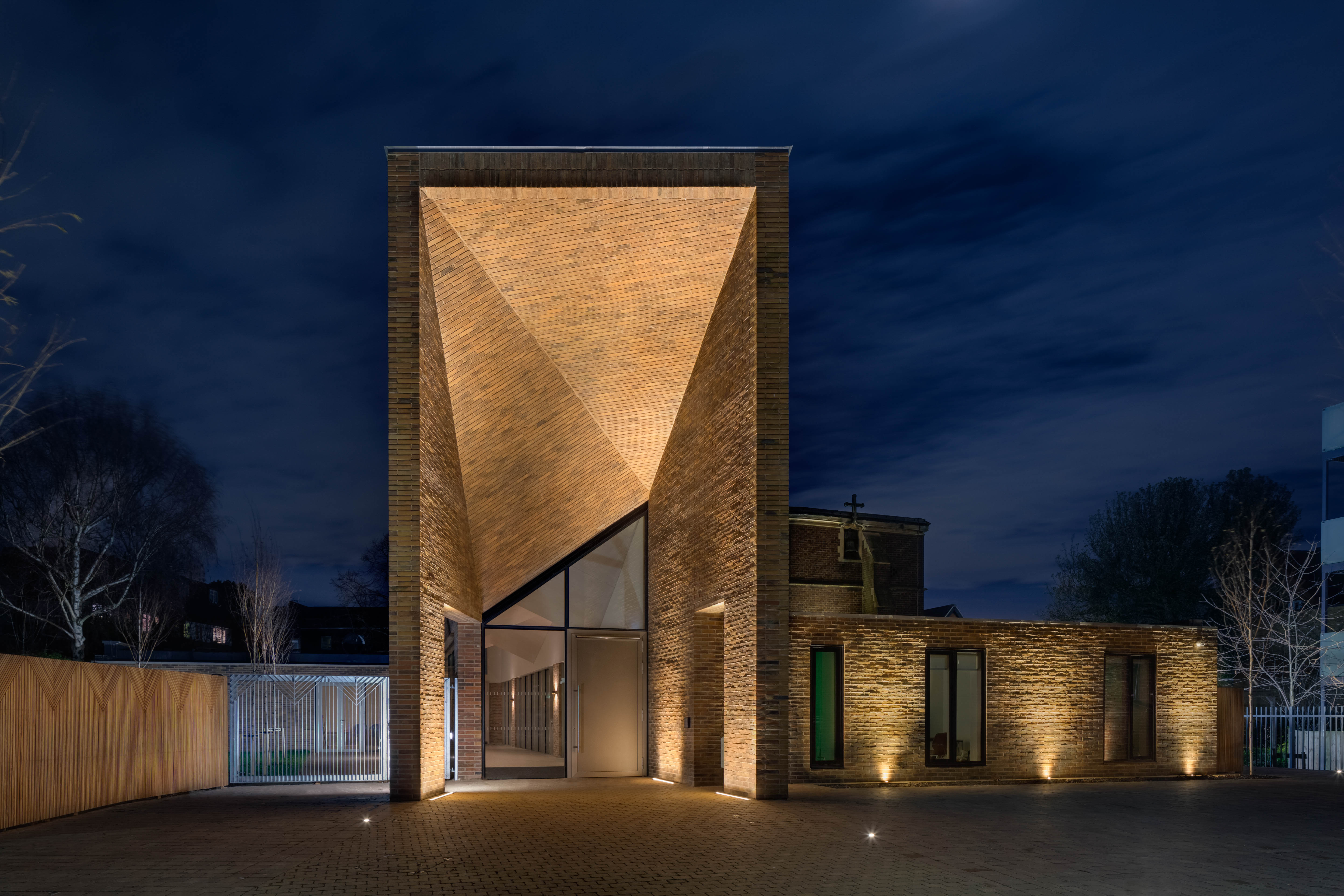
Working with site constraints and demanding plots is part of every London architect's daily life; what with (understandably) strict local planning laws and increasing urban density, combined with a rich historical fabric that doesn't leave a lot of room for manoeuvre, building design is no mean feat in the British capital. Yet this doesn't stop London's industrious architects from creating the unexpected, pushing the boundaries of what is possible. Bridging old and new through a cohesive and eye-catching design, a freshly extended chapel for the International Presbyterian Church Ealing (IPC) is the perfect example.
The new design wraps around an existing Grade II listed chapel in West London's Drayton Green. IPC approached Camden based architecture practice Piercy & Co for a brand new space for their congregation – flexible spaces and generous volumes that would be both sensitive to the existing historical building on site and provide a contextual, architecturally interesting design were equally important. And while the church wasn't planning to be renting spaces out for profit, some of their areas might end up being used by the local community on occasion, so this needed to be taken into account too.
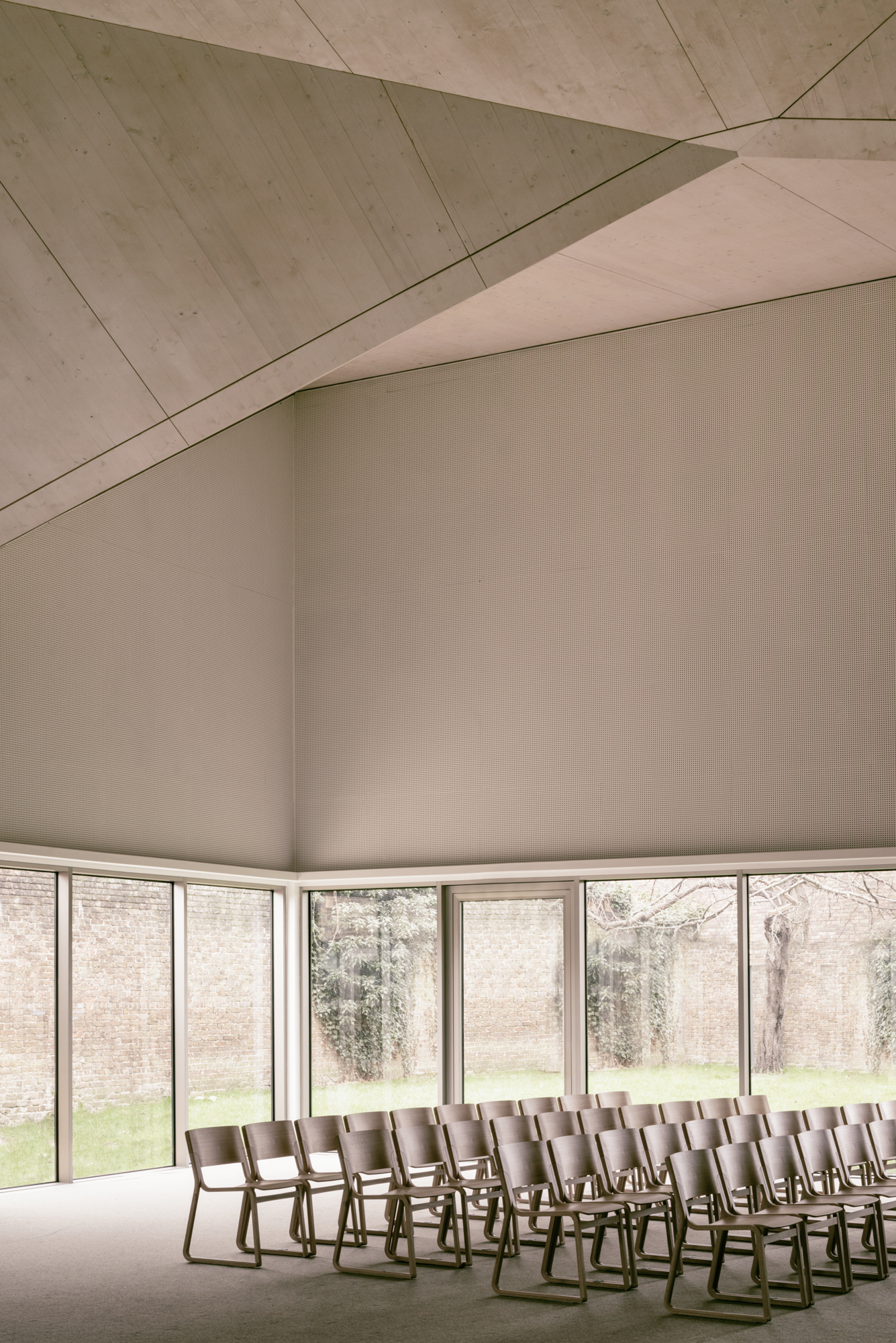
Expanding the interior dramatically, both in terms of size and visual impact, the addition creates room for some 250 people, in a warm and light-filled space. The origami-style pleated top both references the area's pitched roofs but also through its abstract form brings a contemporary, sharp feel to the whole through its crisp angles and folds.
RELATED STORY
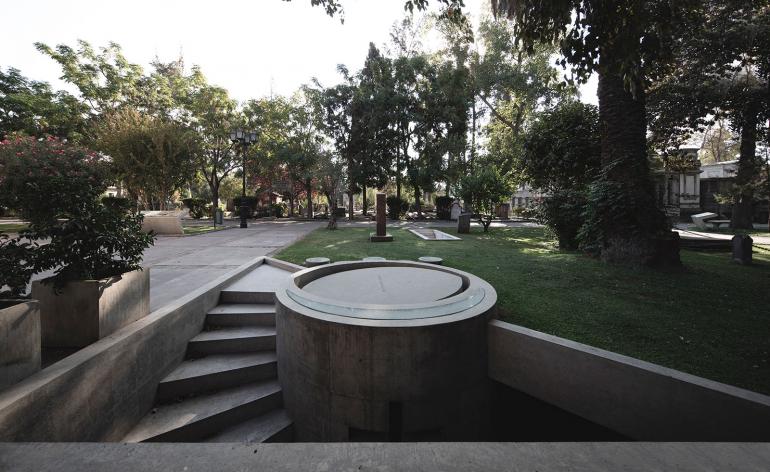
‘The soaring ceilings and vaulted spaces of traditional church architecture offered a key reference point for the church’s form', explain the architects. The roof's dynamic geometries were created with steel framing and cross laminated timber, in pre-fabricated panels (for speed in construction). The folds also serve a symbolic role. ‘As the roof rises towards the front of the site, the folds peak in an abstracted spire, signalling the building’s ecclesiastical function', says practice head Stuart Piercy.
‘We were very interested in the symbolic form of a church, both the internal experience and the external civic expression of the form', continues Piercy. ‘We rarely get the chance to explore this kind of formal expression in our more commercial projects. The church believed in doing something that clearly expressed its spiritual nature inside and out and the challenge was how to protect this ideal with limited resources and negotiating a complex build.'
Attention to detail, immaculate, streamlined design and a sensitive material selection – an approach that is a Piercy signature – work towards an impressive whole. The building also marks Piercy & Co's very first civic building; a great addition to the practice's gem-filled portfolio of residential and office work. It is with good reason then that this project has a special place in Piercy's heart. ‘There are so few opportunities to create new churches, which is very sad as it is such a rewarding typology to be involved with', he adds.
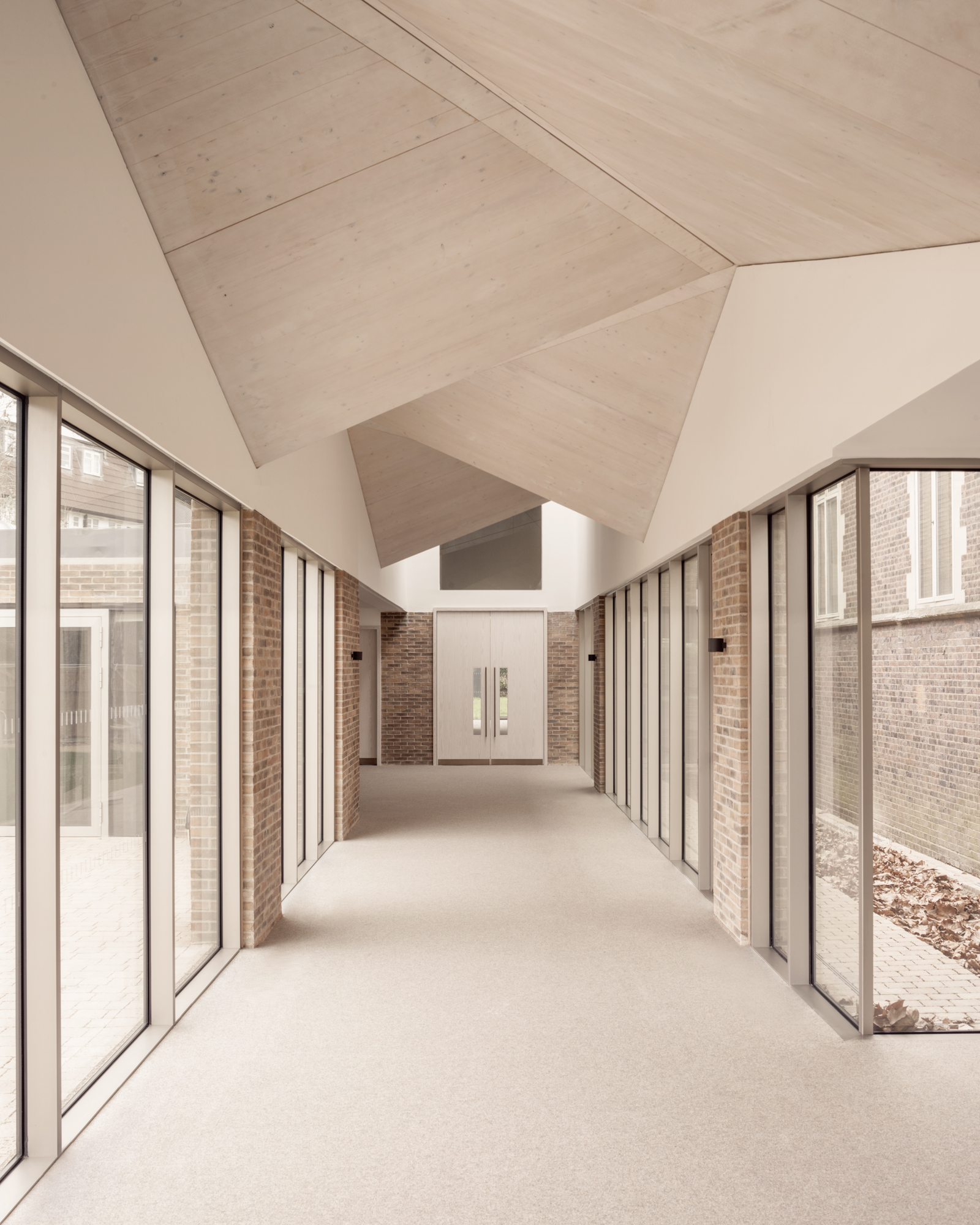
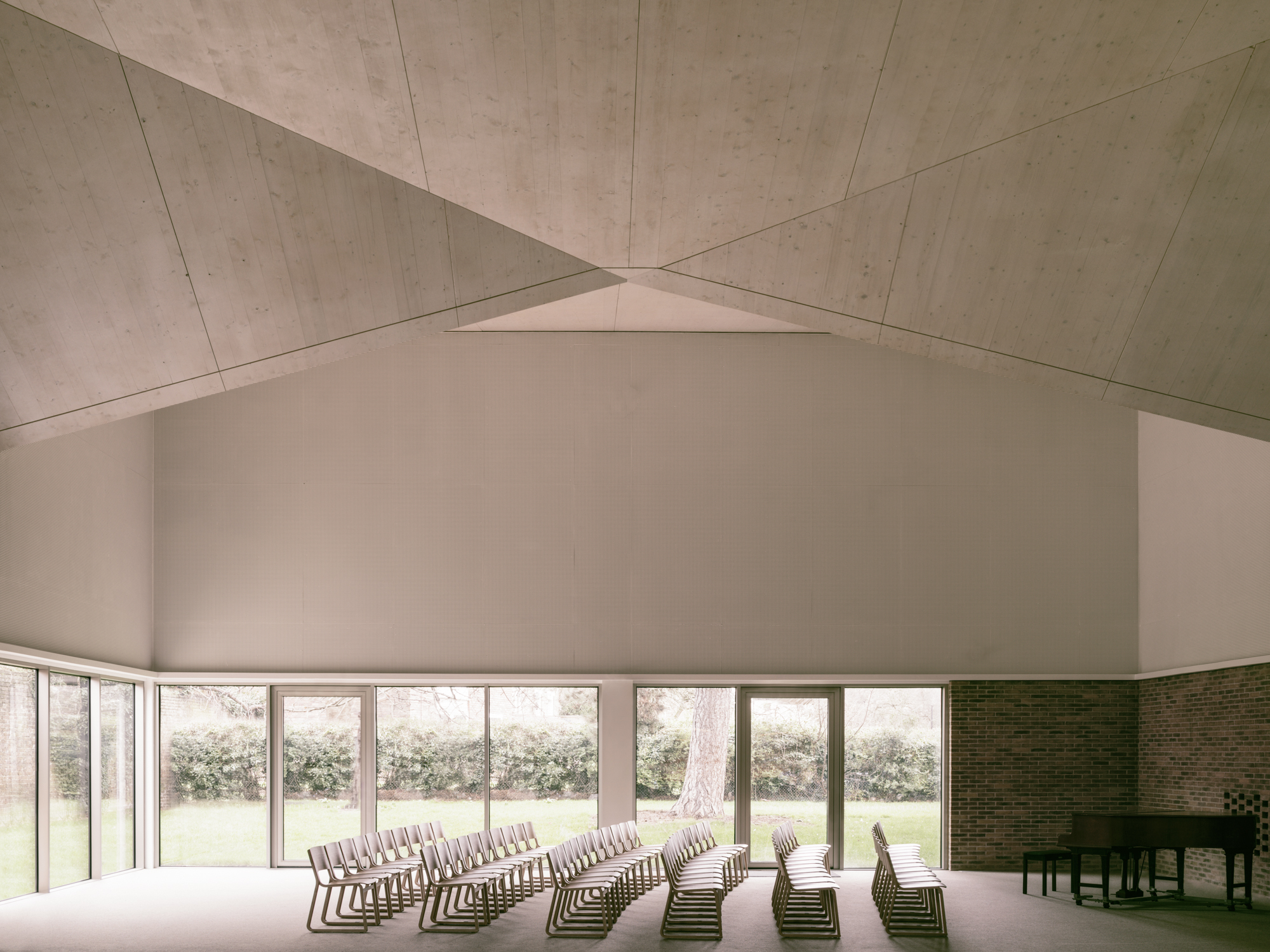
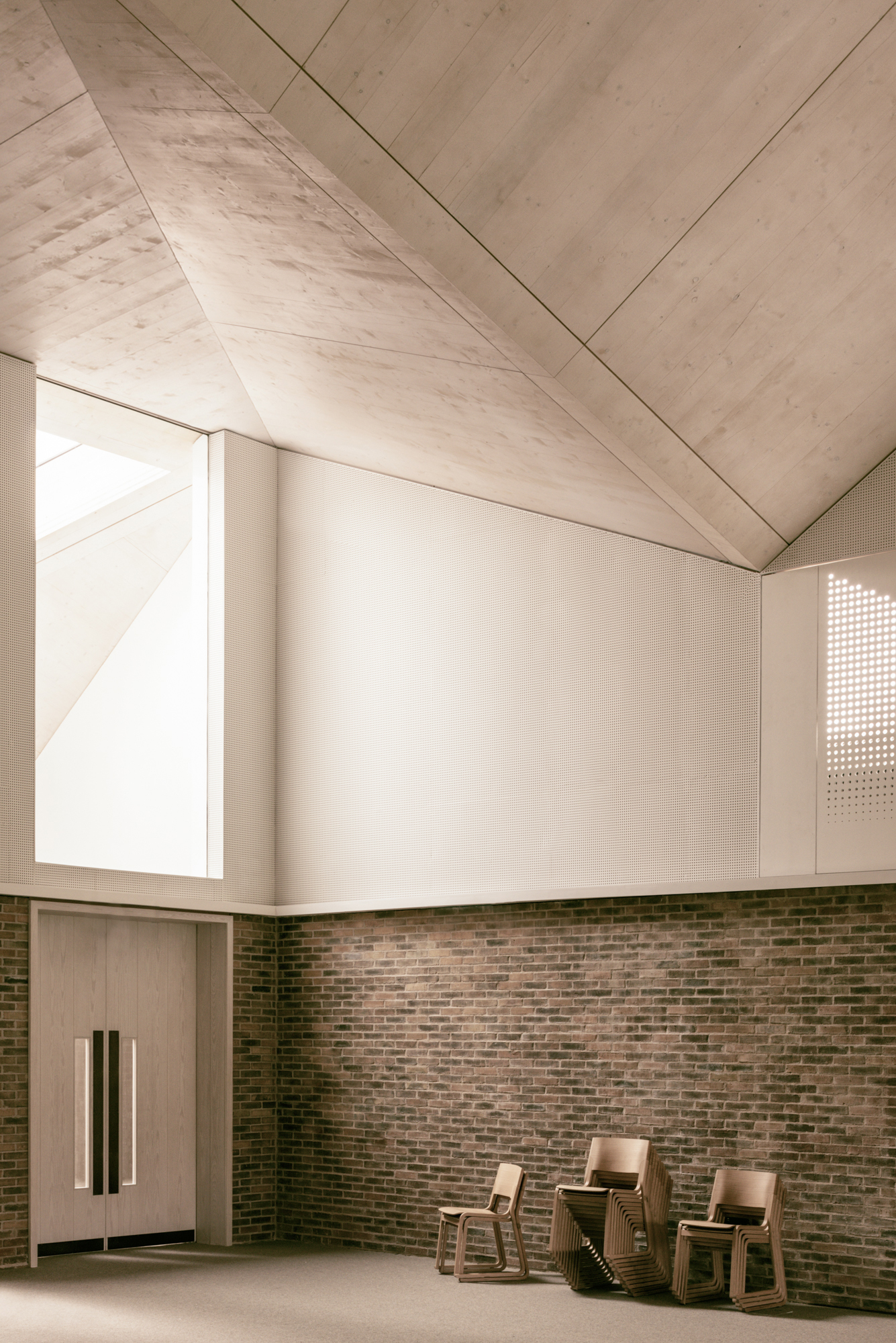
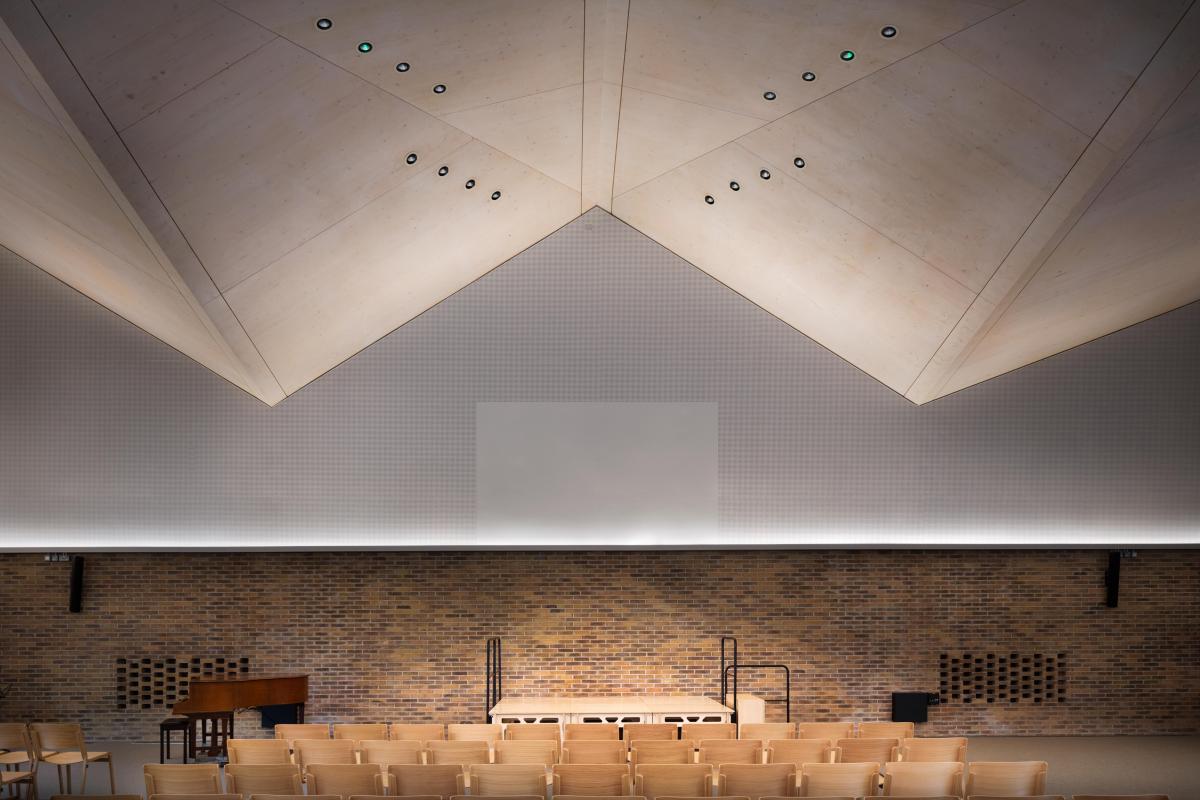
INFORMATION
For more information visit the Piercy & Co website
Wallpaper* Newsletter
Receive our daily digest of inspiration, escapism and design stories from around the world direct to your inbox.
Ellie Stathaki is the Architecture & Environment Director at Wallpaper*. She trained as an architect at the Aristotle University of Thessaloniki in Greece and studied architectural history at the Bartlett in London. Now an established journalist, she has been a member of the Wallpaper* team since 2006, visiting buildings across the globe and interviewing leading architects such as Tadao Ando and Rem Koolhaas. Ellie has also taken part in judging panels, moderated events, curated shows and contributed in books, such as The Contemporary House (Thames & Hudson, 2018), Glenn Sestig Architecture Diary (2020) and House London (2022).
-
 Put these emerging artists on your radar
Put these emerging artists on your radarThis crop of six new talents is poised to shake up the art world. Get to know them now
By Tianna Williams
-
 Dining at Pyrá feels like a Mediterranean kiss on both cheeks
Dining at Pyrá feels like a Mediterranean kiss on both cheeksDesigned by House of Dré, this Lonsdale Road addition dishes up an enticing fusion of Greek and Spanish cooking
By Sofia de la Cruz
-
 Creased, crumpled: S/S 2025 menswear is about clothes that have ‘lived a life’
Creased, crumpled: S/S 2025 menswear is about clothes that have ‘lived a life’The S/S 2025 menswear collections see designers embrace the creased and the crumpled, conjuring a mood of laidback languor that ran through the season – captured here by photographer Steve Harnacke and stylist Nicola Neri for Wallpaper*
By Jack Moss
-
 An octogenarian’s north London home is bold with utilitarian authenticity
An octogenarian’s north London home is bold with utilitarian authenticityWoodbury residence is a north London home by Of Architecture, inspired by 20th-century design and rooted in functionality
By Tianna Williams
-
 What is DeafSpace and how can it enhance architecture for everyone?
What is DeafSpace and how can it enhance architecture for everyone?DeafSpace learnings can help create profoundly sense-centric architecture; why shouldn't groundbreaking designs also be inclusive?
By Teshome Douglas-Campbell
-
 The dream of the flat-pack home continues with this elegant modular cabin design from Koto
The dream of the flat-pack home continues with this elegant modular cabin design from KotoThe Niwa modular cabin series by UK-based Koto architects offers a range of elegant retreats, designed for easy installation and a variety of uses
By Jonathan Bell
-
 Are Derwent London's new lounges the future of workspace?
Are Derwent London's new lounges the future of workspace?Property developer Derwent London’s new lounges – created for tenants of its offices – work harder to promote community and connection for their users
By Emily Wright
-
 Showing off its gargoyles and curves, The Gradel Quadrangles opens in Oxford
Showing off its gargoyles and curves, The Gradel Quadrangles opens in OxfordThe Gradel Quadrangles, designed by David Kohn Architects, brings a touch of playfulness to Oxford through a modern interpretation of historical architecture
By Shawn Adams
-
 A Norfolk bungalow has been transformed through a deft sculptural remodelling
A Norfolk bungalow has been transformed through a deft sculptural remodellingNorth Sea East Wood is the radical overhaul of a Norfolk bungalow, designed to open up the property to sea and garden views
By Jonathan Bell
-
 A new concrete extension opens up this Stoke Newington house to its garden
A new concrete extension opens up this Stoke Newington house to its gardenArchitects Bindloss Dawes' concrete extension has brought a considered material palette to this elegant Victorian family house
By Jonathan Bell
-
 A former garage is transformed into a compact but multifunctional space
A former garage is transformed into a compact but multifunctional spaceA multifunctional, compact house by Francesco Pierazzi is created through a unique spatial arrangement in the heart of the Surrey countryside
By Jonathan Bell